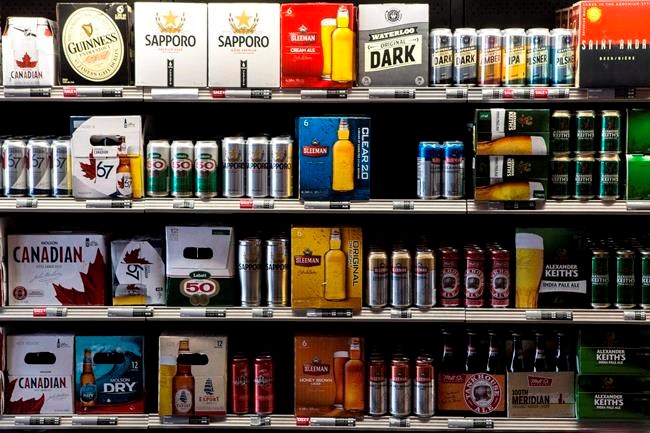Alcohol and tobacco are together more than four times as costly to the Canadian economy as the joint costs of opioids and cannabis, a new report from the University of Victoria says.
The report, Canadian Substance Use Costs and Harms 2007-2014, was jointly researched by the University of Victoria and the Canadian Centre on Substance Use and Addiction in Ottawa. It lists a yearly cost of substance use in Canada at $38.4 billion in 2014, about $1,100 per person.
The report sets the 2014 economic costs of alcohol at $14.6 billion (38.1 per cent of the total) and tobacco at $12 billion (31.2 per cent). By comparison, opioids account for $3.5 billion (9.1 per cent) and cannabis at $2.8 billion (7.3 per cent).
“Alcohol definitely leads the way for overall costs,” said a report author, Tim Stockwell, a UVic psychology professor and director for the Canadian Institute for Substance Use Research.
“In terms of death, tobacco kills more people, but they usually die at a later age,” said Stockwell. “Alcohol kills people right across the life spectrum, so it results in more years of productive life lost.”
He said the study will be updated yearly to provide a baseline of statistics and data, as Canada enters a new era of legal cannabis, more restrictive tobacco sales, an ongoing opioid crisis and in some provinces, including B.C., loosened restrictions on alcohol.
“We can’t really have an effective national or provincial response if we don’t know the levels of harm we are trying to impact,” said Stockwell.
The study broke down costs associated with substance use into four basic types: Lost productivity, $15.7 billion (40.8 per cent), health care, $11.1 billion (29 per cent), criminal justice, $9 billion (23.3 per cent).
Other associated costs such as accidental fires, automobile damage, employee drug testing and employee assistance came in last at $2.7 billion (seven per cent).
Stockwell said in terms of deaths related to substance use — included in the chapter on lost productivity — tobacco and alcohol are clear leaders.
In 2014, tobacco killed 47,562 people and alcohol killed 14,827 people.
Canadian society has responded robustly against impaired driving, Stockwell said. So costs and deaths related to impaired driving have become a smaller portion of the total.
The single largest identified alcoholic killer is cirrhosis of the liver.
Alcohol is closely related with at least 60 causes of death that can appear on a Canadian death certificate.
These range from mental-health conditions to many types of cancers, mostly associated with the digestive tract, but also including breast cancer.
On the bright side, Stockwell said he expects costs of cannabis to the Canadian economy to diminish since most of its costs now arise from law enforcement.
And he believes the costs of tobacco can be diminished if people turn more to electronic vaping-style cigarettes to get their dose of nicotine.
“The best ones [e-cigarettes] probably have about two per cent of the risk of traditional tobacco,” Stockwell said.



